Join US
Do you want to build the fantasy world you’ve always dreamed of?
Subscribe to receive notifications when a new post is out and for our monthly newsletter!
You can always unsubscribe anytime.
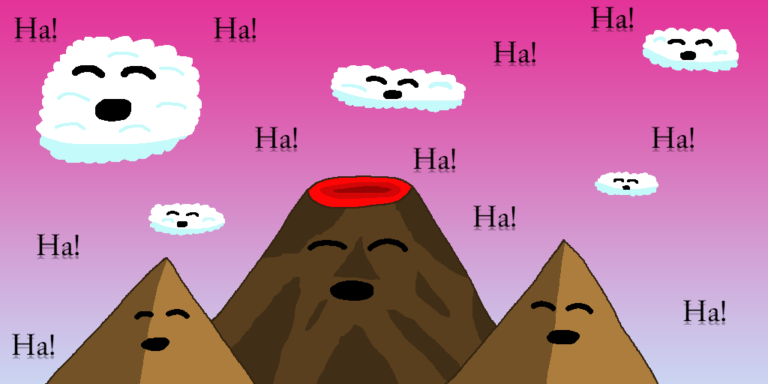
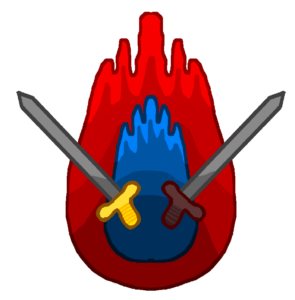
Stories in fantasy tend to be on the dramatic side. Many overarching plot lines typically feature the protagonist working to save the world and stop the villain and incorporate many real-world themes in them. The dire circumstances the heroes find themselves in make for riveting, gripping stories. However, there needs to be some lighthearted moments to help balance out the drama. That’s where comedic scenes come in.
Comedic scenes are designed to give both the characters and the audience some levity. They act as an emotional valve, allowing them to release feelings they’ve been burying inside for quite some time now. You could say they act as a catharsis of some kind.
These particular scenes come in two main forms, the first of which revolves around dialogue. Each character has their own sense of humor which shines through the conversations he has with other characters. He can say something that’s so unexpected or poke fun at a serious situation that the others — and the audience, by extension — cannot help but giggle at.
While saying funny things is great, comedic scenes are also known for the antics characters undertake in said scenes, which is their second form. They could play pranks or tricks on their friends to get them to laugh or to diffuse a tense situation. These mischievous jokes are where the jester character truly shines.
Using both forms of comedy in the story makes for a more enjoyable experience since they give the audience a bit of respite from the sober reality of the tale. While they can be used at any point in the story, they work the best after intense scenes. This enables both the characters and the audience to recover from what just happened.
This is number twenty-two in our writing a fantasy book series. Check out our many other articles on our blog page!
A great number of scenes in a fantasy story use dialogue to move it forward. While nearly all the conversations are serious, you can sprinkle some humor throughout these scenes. Peppering some humor in helps break up the somberness of these scenes as well as giving the characters and the audience a chance to laugh.
When incorporating humor, think of how people talk to each other. They tell jokes, tease each other in a playful way, and are sarcastic to each other. Apply this to the characters in your tale. Using humor in this fashion can highlight how close characters are to each other.
Just like in the real world, everyone has their own sense of humor, even the gruffest characters. Therefore, you want to match their humor with their personality. Don’t have a gruff character say something that sounds like something the rogue character would say. The only exception to this is if they say so in an ironic way. Take the time to think about what they say and how they say it for some comedic relief.
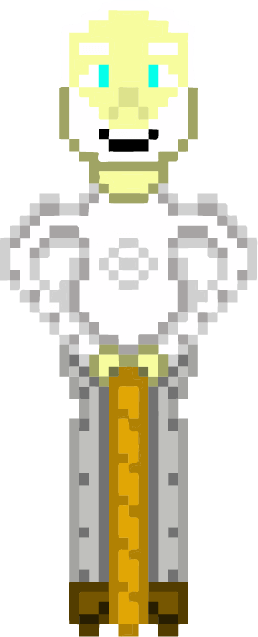
An excellent use of humor is to poke fun at serious situations. Having one or more characters comment on the absurdity of the situation can change the atmosphere. Doing so lightens the tense mood and lowers the temperature in the room at a time where emotions are running high.
When incorporating humor in dialogue, do so in a way that feels natural for everyone. Conversations flow organically and those involved in said conversations don’t know where or how they’ll end. You want to put humorous statements in parts of the conversation that make the most sense and not shoehorn them in.
There’s an element of strategy that goes into determining where to put humor in dialogue. Finding the right spot to inject some humor is a delicate balancing act. One helpful tip is to reread the conversations you’ve written to see if you can find any areas that might work and feels natural for such a placement. It doesn’t matter if you came up with the perfect sarcastic comment if you can’t find a good place. The last thing you want is for it to come off as forced.
There’s only one thing better than laughing at what people say and that’s giggling at what they do. Many stories show the antics of one or more characters that other people find amusing. Merry and Pippin from “The Lord of The Rings” and Fred and George Weasley from “Harry Potter” are perfect examples of said characters.
These characters are what’s known as jesters. Even though they’re allied with the protagonist and work with him to defeat the forces of evil, their main purpose is to do funny things to offset the growing tension in the story. They do so in a variety of ways, each one a bit more rambunctious than the one before.
One of the things jester characters like to do is play pranks on their friends. They can take something valuable to one of their friends and hide it and have fun watching him searching for it. Alternatively, they can devise a trap that results in someone else getting drenched in water or feathers. There are many routes you can take to make pranks and you can even make your own!
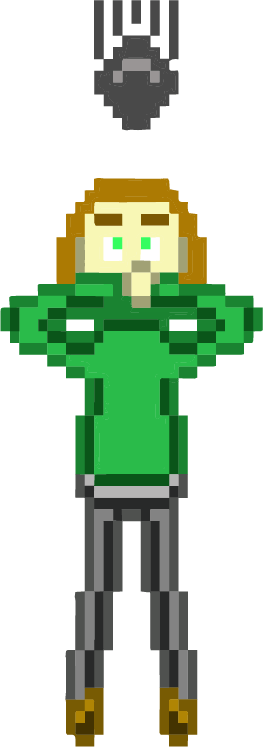
While they generally have good hearts and intentions, their doing things that other characters might find a bit outlandish can land them in a whole heap of trouble. Most of the time, the trouble they find themselves in can be hilarious which only makes the scene all the more funnier.
How do you determine the best locations in the tale for comedic scenes? The beauty of them is that they work in any part of the story. However, you want to use them sparingly as to not have your readers think you’re not taking your story seriously. Thus, it’s best to sprinkle them throughout the tale.
One of the best way to use comedic scenes is at the beginning, as they help show the audience a glimpse into the different personalities of the main characters they will follow as they turn page after page. They’re also great to introduce the jester character(s) to the audience as they’ll continue with their antics later on.
While comedy is designed to make people laugh, it also has a power that surpasses that of laughter: healing. There’s a reason why we have the expression “laughter is the best medicine”. You can incorporate this in your story to great effect.
Since many fantasy tales explore many dark themes like war, comedic scenes act as a counterweight to them, enabling the characters and the audience to laugh amid the doom and gloom. This gives them all some respite from the intense drama. Moreover, the characters can also gain some clarity on how best to deal with a thorny issue.
Characters in fantasy face many threats, many of which can prove fatal. They have to worry about monsters, magic, poison, and many others. Thus, they need a break every now and then and laughing gives them that, even for a few moments.
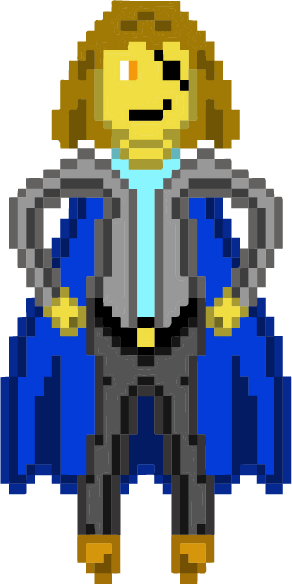
Comedic scenes are best used right after dramatic ones. The reason for this is that they help those struggling to comprehend what just happened so that they can recover and make peace with what happened so they can move forward. They also gain some insight that they previously didn’t have which will prove useful down the road.
Where comedic scenes truly shine in terms of healing is when a character is in the throes of depression or another emotional malady. His friends and family try to cheer him up but their efforts prove fruitless. Enter the jester character or someone who’s known for making people roar with laughter. He does one of his wacky antics and before long, the depressed person is laughing so hard he can’t breathe. His mood immediately lifts and he begins to get back to normal.
See how the character suffering from depression or something else suddenly changed the moment he began to laugh? Laughing made him forget his troubles and helped him begin to heal so he could get back to normal. That’s the healing power of comedy.
Comedic scenes are a great asset for the story. They give your characters and the audience some levity in an otherwise serious tale. Let’s face it, readers don’t want to read a story that’s serious 100% of the time. They need a break every once in a while and comedy gives them that.
Incorporating comedy in dialogue can lead to some hilarity as each character has his own sense of humor. The beauty of this is you can adjust it to fit his personality. He can say something that nobody else expects and yet sounds exactly like something he would say or he can crack a joke that gets other people giggling.
Physical comedy is an excellent way to get people laughing. Characters can play pranks or have hijinks to lighten up an uncomfortable situation and get people to relax. Jester characters are best suited for this type of comedy.
There’s healing power in comedic scenes. They help people forget their troubles and sorrows for a few moments which is all they need in order to begin the healing process. They also act as a emotional valve and allow the characters and the audience to let the feelings they’ve been suppressing through the tense moments of the story out.
If you haven’t given much thought to bringing comedic scenes to your story, there’s no better time to start than today!
Let me know what you think in the comments below. (Note: this is an account-exclusive feature).
If you don’t have one, you can register here. It only takes a few moments of your time!
Liked this article and want to subscribe? All you have to do is fill out the form below and that’s it!
Thanks for reading this and until the next time,
Sunfire
Subscribing means you receive:
You can always unsubscribe anytime.
Do you want to build the fantasy world you’ve always dreamed of?
Subscribe to receive notifications when a new post is out and for our monthly newsletter!
You can always unsubscribe anytime.